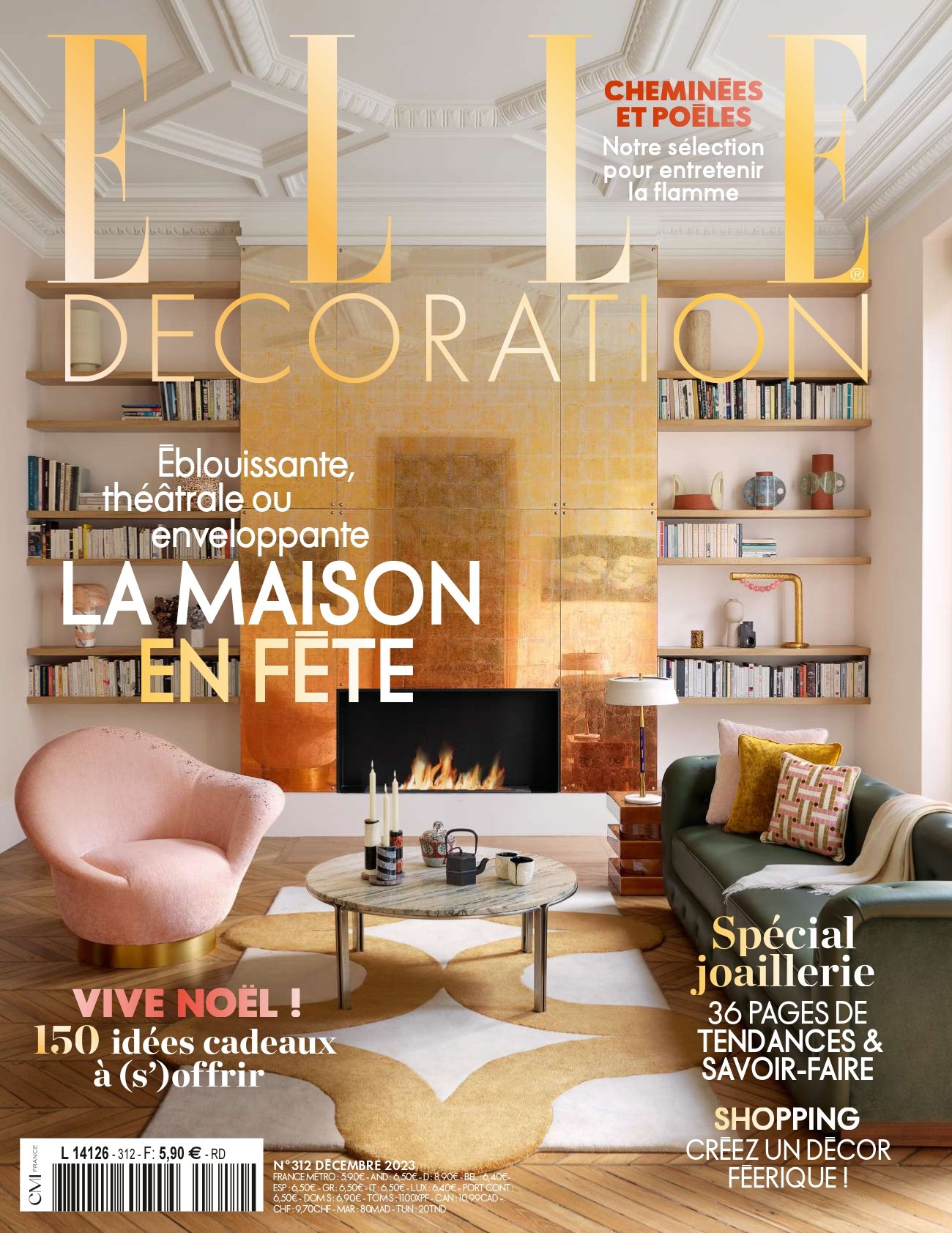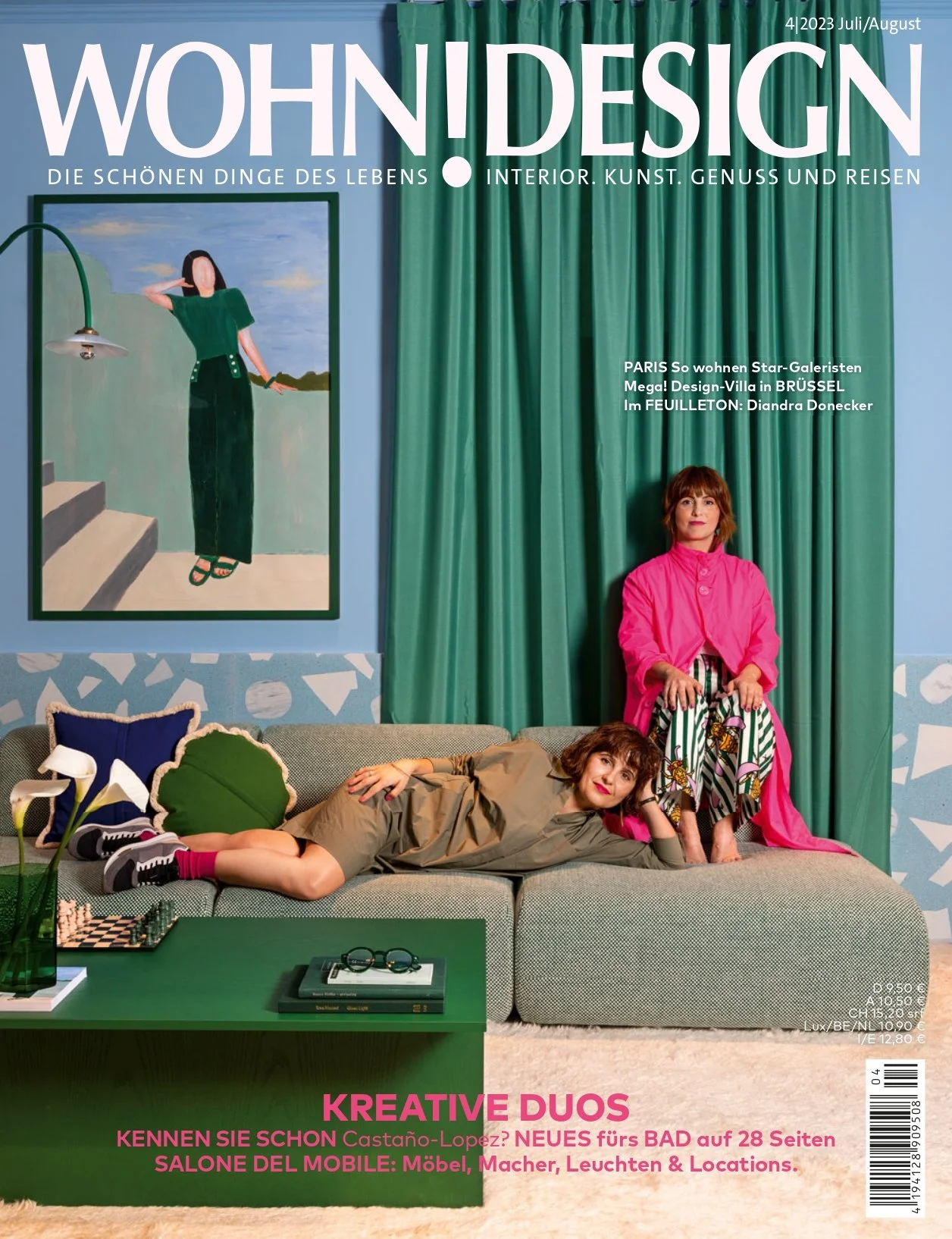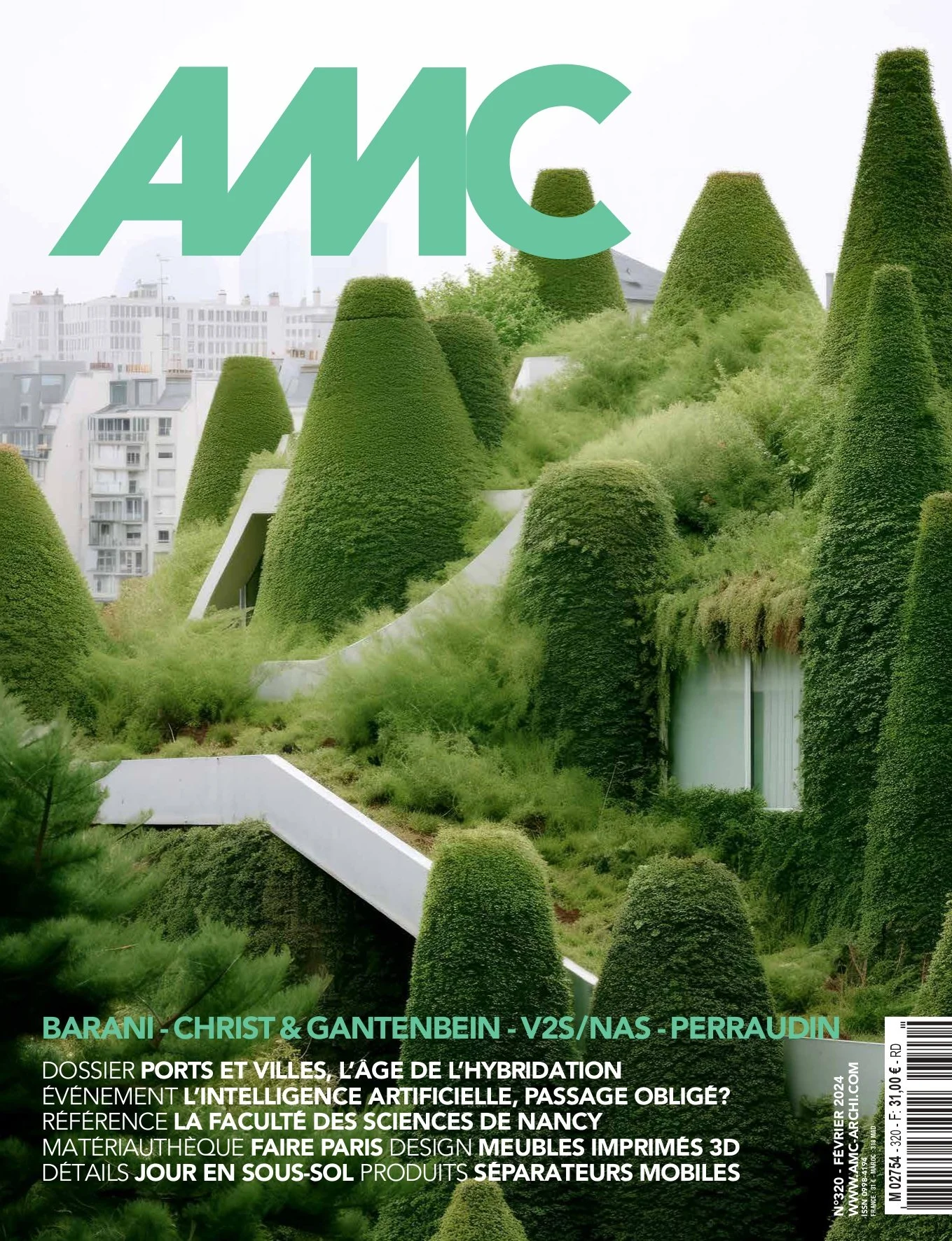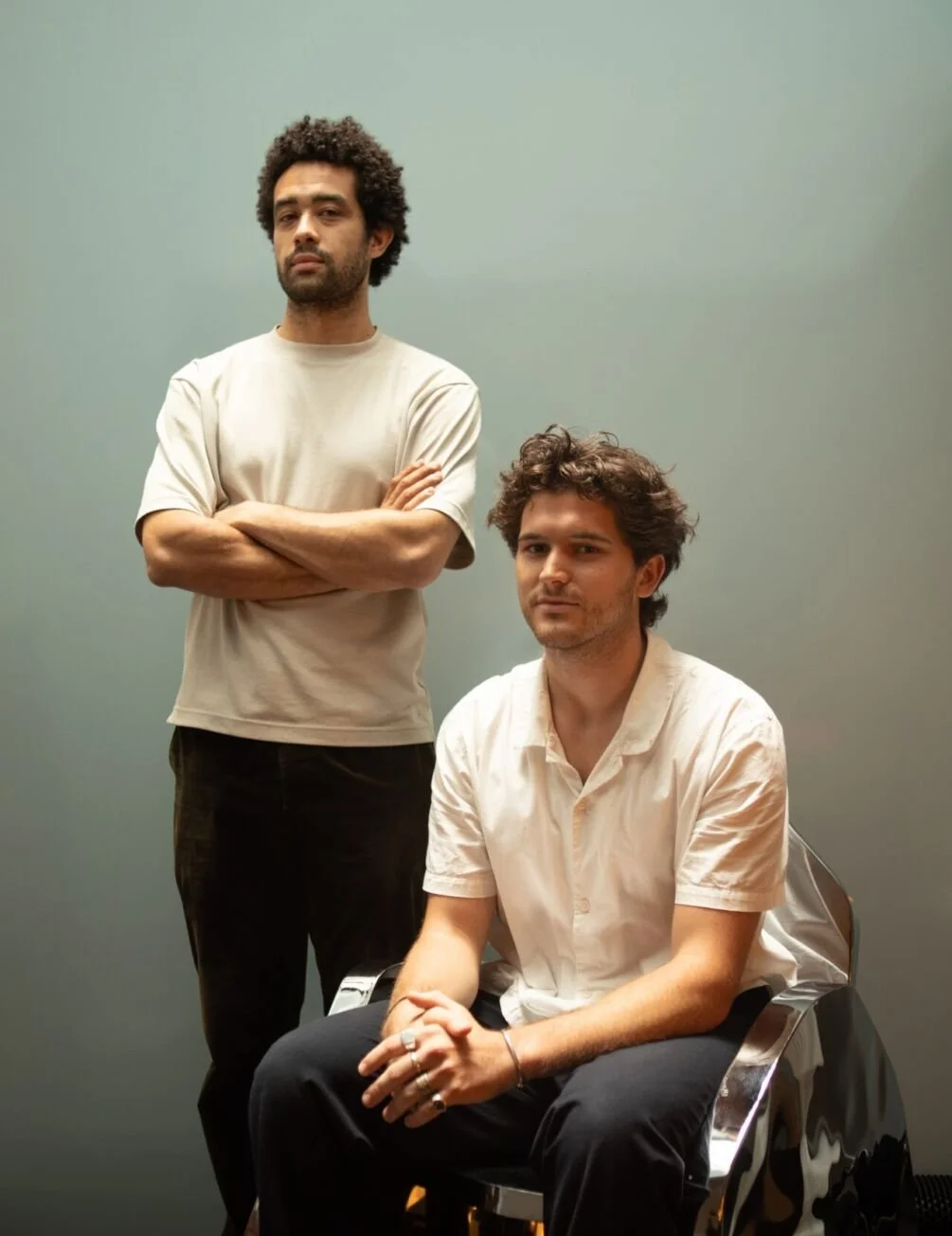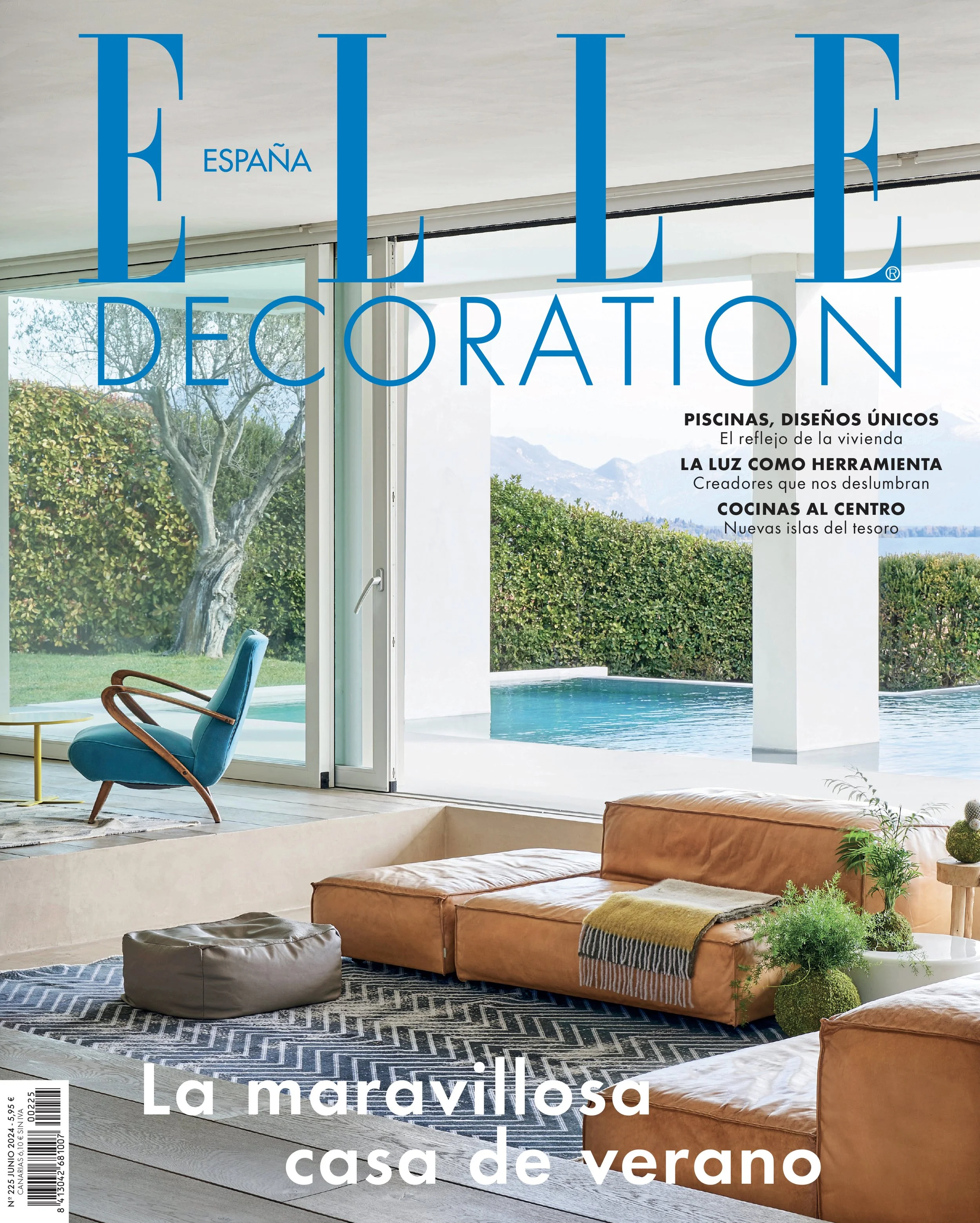ABOUT
Lucas Zito, after completing his studies at the Design Academy in Eindhoven, Netherlands, returned to Paris, his hometown, in 2019 to begin his professional career. From the very beginning, his approach combines aesthetics and functionality in the most eco-sustainable way possible. His strong interest in 3D printing led him to become a reference figure in the field and to design the Buoy collection in 2021, which has since become his international signature. Over time, his focus shifted, and he oriented himself more toward the general desire to create value, whether that value is expressed in physical forms or remains something to carry and embody. For this reason, alongside his constant experimentation with materials and forms, in September 2024 during the Design Week in Paris, GOOD SELECTION was born, marking the beginning of a new direction, that of curating. The project embodies a value that transcends materiality, formed through cohesion, dialogue, and the creation of connections. It is not merely a showcase for design, but a bearer of a collective vision that unites artists with the intention of enhancing the power of collaboration and community.
The production process and the techniques behind each product fall mainly in the digital realm. The production moves primarily from digital creation to digital display, while the creation takes place in a space closer to impact and emotion.
Although the workflow is a predefined protocol, the output is never preconceived. It's like the setting is a one-unknown equation where putting different unknowns to get different outputs. The search for the ideal compromise is the common thread in the works.
PHILOSOPHY
A significant effort is dedicated to ensuring functionality as a primary aspect of the products, alongside aesthetics. During the process of creation, the balance between the two comes by itself, in a very natural way.
Mistakes and imperfections take a lot of credit. Sometimes, it doesn't matter how technical the work is, the serendipity of finding something that works, often better than the original idea, takes precedence over the original idea, if there is one. Moreover, there's usually no definite idea, the process itself guides the work.
SUSTAINABILITY
In the design process the interest goes over the aesthetic properties of the objects. Doing in-depth studies is challenging, discovering the properties of each material and their industrial circuits, recyclability, and sustainable usability. The use of a specific material takes always into account the possible recycling, also to avoid accumulating different materials. One of the most used in his works is the PLA: a bioplastic made from corn starch, which is the best combination of aesthetics and circularity that he could find. Even though this is the problem of our global society with materials such as plastics, it is also the strength of this material; not all thermoplastics are very easy to recycle, cost-effective, and have more than one or two recycling cycles.
FABRICATION
PRESS





